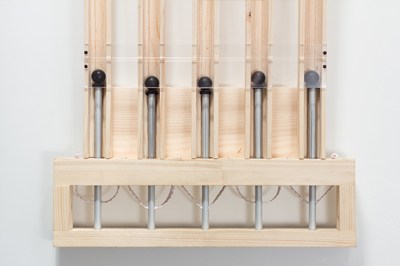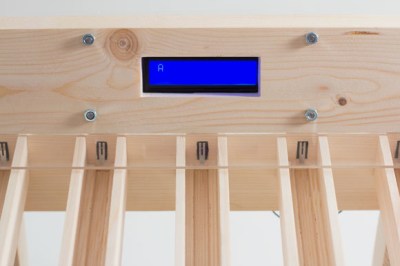There are two things that keep me from expanding my collecting old computers: the cost and the space required to house them. I do have my old original TRS-80, and an old serial terminal (see the video below). However, I got rid of my Data General hardware and I lost my old 1802 COSMAC Elf in some flooding. There have been a few replica retro computers of various degrees of fidelity and they are usually cheaper and smaller than the originals. I have a replica Altair, a replica Elf, and a replica KIM-1.
However, it is hard to justify the expense and the cost of either the real things or the replicas. It is even worse with the really large machines, some of which require special power or cooling and are hard to keep running. Another option, of course, is software simulation. Options like SIMH and Hercules work well, but they aren’t always graphical and it is a lot of work to set up a machine just to play with for a few hours or to show a student how it was done in the good old days.



 The Netflix Switch is a relatively simple device powered by a
The Netflix Switch is a relatively simple device powered by a 

















